Family: Marriage

Abigail: Bible
Abigail, the intelligent and beautiful wife of the wealthy but boorish Nabal, intervenes to prevent David from committing a bloodbath and eventually becomes one of David’s wives (1 Samuel 25). She prophesies that David will establish a dynasty, but neither she nor her son play a role in future struggles over rule or succession.
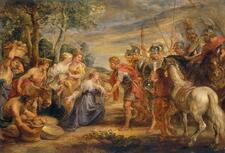
Abigail: Midrash and Aggadah

Abishag: Midrash and Aggadah
Abishag’s story in the Bible shows her strength and independence, as she insists David marry her and rebukes his answer when he refuses. Some midrashim use her story to show David’s tenacity in his old age, but Abishag is not explicitly interpreted as wicked or deceitful.

Adah 1: Midrash and Aggadah
Adah was one of Lamech’s wives whose legacy was observable not only in her own children but also in her influence on her fellow Israelites.
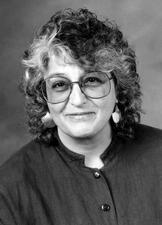
Rachel Adler
Rachel Adler is unquestionably among the leading constructive Jewish theologians, translators, and liturgists of the modern era. One of the first theologians and ethicists to integrate feminist perspectives and concerns into the interpretation of Jewish texts and the renewal of Jewish law and ethics, Adler is the award-winning author of Engendering Judaism.
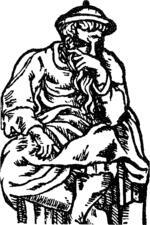
Akiva, Rabbi
Rabbi Akiva was an important interpreter and teacher of Jewish laws of the Tannaitic period (ca. first-third century C.E.). He was particularly groundbreaking in his teachings regarding women’s standing and sexual and marital relations, recognizing women as deserving of human dignity.
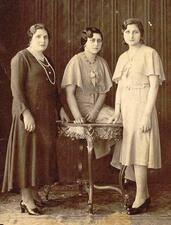
Argentina: Sephardic Women
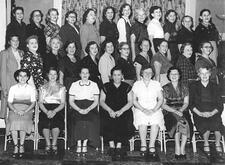
Assimilation in the United States: Twentieth Century
Jewish women assimilating into a changing American society across the twentieth century navigated often conflicting gender roles. As they strove to achieve upward social mobility, they adapted Jewish assumptions of what women, especially married women, should do to accommodate American norms for middle class women. Their collective accomplishments registered in political activism, organizational creativity, strong support for feminism, religious innovation, and educational achievement in the face of antisemitism, stereotypes, and denigration.
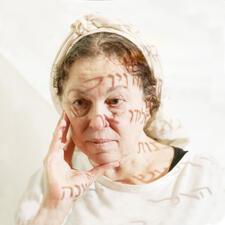
Helène Aylon
Helene Aylon was an American, New York-based, multimedia visual artist who began by creating process art in the 1970s, focused on anti-nuclear and eco-activist art by the 1980s, and subsequently devoted more than 35 years to the multi-partite installation The G-d Project. This last body of work’s often direct or indirect textuality resonates from and responds to Judaism’s traditionally male-dominated textuality as part of a larger commentary on women in Judaism.
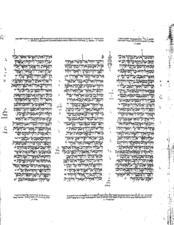
Ba'alei Ha-Nefesh
Ba’alei Ha-Nefesh is a halakhic work written by Rabbi Abraham ben David (Rabad) of Posquieres, a Provençal rabbi, in 1180. It focuses on the laws of behavior during niddah (menstruation), and lays out Rabad’s theology of self-control, sexuality, and the role of Jewish women.
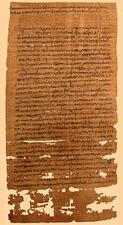
Babatha
Babatha, daughter of Shim’on, a Jewish landowner who lived in Roman Arabia, owned a document archive found in a cave in the Judaean desert. Babatha’s archive is an extremely important resource for many issues, especially on the question of Jewish women’s legal position in Greco-Roman Palestine during the second century CE.
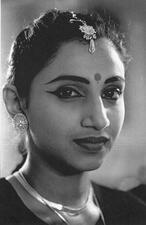
Baghdadi Jewish Women in India
Baraita de-Niddah
A rabbinic text about the ritual laws relating to menstruation, Baraita de-Niddah has a mysterious origin and an unknown impact on the interpretation of Jewish law about menstruation.
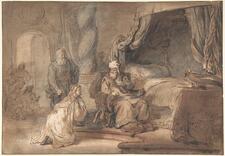
Bathsheba: Bible
Bathsheba is the married woman whom King David takes in adultery and who, though initially passive, becomes the pivotal figure in his downfall. The king has Bathsheba’s husband, Uriah, slain in battle and then takes her as a wife. While her first child, conceived in adultery, dies, the second, Solomon, becomes heir to the throne as a consequence of Bathsheba’s maneuverings.

Bathsheba: Midrash and Aggadah
As in the Bible, Bathsheba plays a secondary role in the midrashim about her husband, King David, and her son, King Solomon. The rabbis view her as a righteous, guiltless woman, both during David’s life and as an advisor to Solomon.
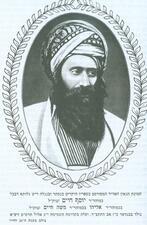
Ben Ish Hai
The Ben Ish-Hai, R. Joseph Hayyim b. Elijah, was a well-known Baghdadi Torah scholar. He wrote many responsa and halakhic books, which included his rulings on women’s halakhot.
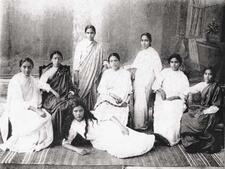
Bene Israel

Berenice
A descendant of Herod the Great, Berenice was queen of Chalcis and Cicilia and opposed the Jewish Revolt in 66 CE. She eventually became the lover of Titus, the Roman general (and later emperor) who destroyed Jerusalem.
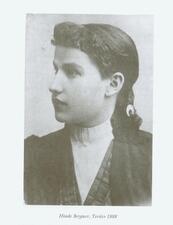
Hinde Bergner
Hinde Bergner holds a special place in Yiddish literature by virtue of the fact that her memoir of family life in a late nineteenth-century Galician shtetl is one of few extant Yiddish memoirs to describe the traditional Jewish family on the edge of modernity from the perspective of a woman. Her intimate portrayal of her life results in a valuable source for Jewish social, family, and women’s history.
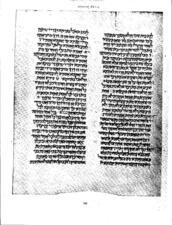
Bet Hillel and Bet Shammai
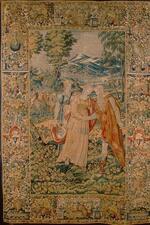
Bilhah: Bible
Bilhah is given to Rachel as a maid and would later serve as a surrogate mother for Rachel when she could not conceive. Though the story records none of Bilhah’s thoughts or words, she gives birth to two of Jacob’s sons for Rachel, Dan and Naphtali, and is remembered as one of the ancestresses of the Israelites.

Bilhah: Midrash and Aggadah
Bilhah was the maidservant of Rachel and mother of Dan and Naphtali. The rabbis fill in details about her life, her relationship with Jacob, and the confusing incident between Bilhah and Reuben, Jacob’s eldest son.

Jewish Women in the Cairo Genizah
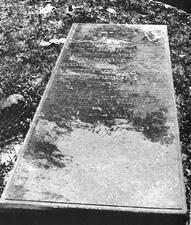
Caribbean Islands and the Guianas
Women were among the earliest settles in the Dutch and English Caribbean. Early Caribbean Jewish women, despite living in patriarchal societies, still managed to engage in public pursuits. As Caribbean Jewish communities became increasingly racially blended over time, women of color became some of the most definitive architects of distinctly Creole Caribbean Jewry.



